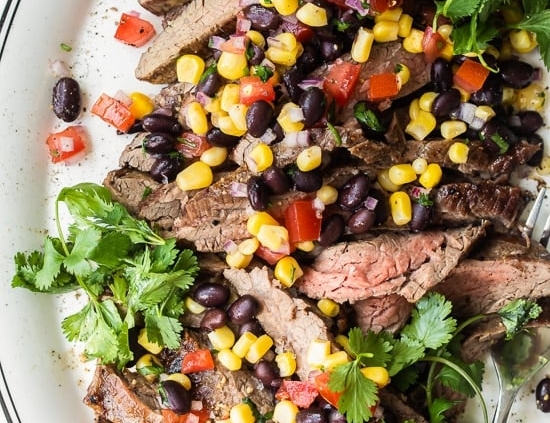GLP-1 receptor agonists, injectable weight-loss/diabetic medications, are all the rage. Whether you’re on one of these medications, or you don’t want to go on one of these medications, I think understanding how they work is important.
This class of medications mimics the body’s own production of GLP-1. Yep, your gut produces its own glucagon-like peptide-1 (GLP-1). It’s a hormone that increases insulin release by the pancreas and reduces the release of glucagon, a hormone that raises blood sugar. GLP-1 also helps slow down digestion, which promotes a feeling of fullness and satiety after eating.
Let’s talk about ways to produce your own GLP-1.
We know protein and fiber both increase GLP-1 production, especially soluble fiber. But did you know hot foods also increase GLP-1 production? I loved this study that found the temperature of food to be an effective stimulus for GLP-1 secretion. Hot food temperature increased GLP-1 independent of food macronutrients (carbs, protein, and fat).
For years (maybe decades?!), I’ve talked to my clients about body warmth, hand warmth, finger warmth, and foot warmth, asking them to think about this when they eat food. I think this is a pretty good gauge of lowering stress (adrenaline creates icy hands and feet) and satiety.
Foods that rarely get this response: salads, smoothies, protein shakes, yogurt and berries, mini meals, and basically anything a dieting woman eats.
Other ways to encourage GLP-1 production? Improving bile flow and bacterial diversity in the gut. These are both concepts I work on with clients.
Eat dense, warm meals, full of protein and soluble fiber to maximize your own GLP-1. Need help planning that kind of meal?
Book a call and let’s chat! And remember, if you’re on one of these medications, working with a dietitian and lifting weights are crucial to avoid side effects!







